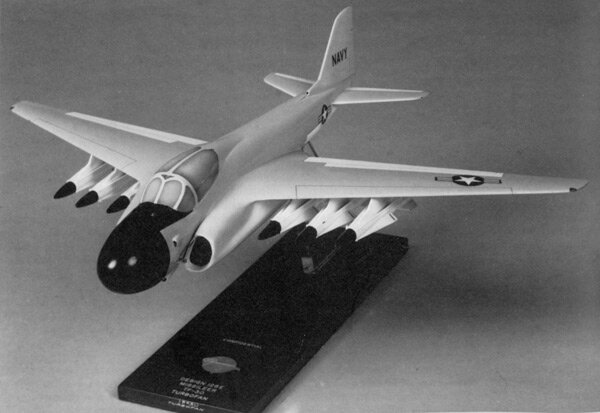Yes. Afterburning TF30, because they had -from the Navy A-7A - understood it lacked thrust. So the simplest way to gain more thrust was an afterburning TF30... already flying on F-111s.I've read that the USAF had initially wanted their A-7D to have an engine with afterburner, but they evidently decided against this at some point.
Which means that that "afterburning A-7" would not be similar to the A-7F : also an A-7 with an AB.
Which in turns brings an interesting question.
Would the AB TF30 A-7A be supersonic ?
Check out the Hearings --- https://www.google.fr/search?tbm=bks&hl=fr&q="A-7D""an+afterburner"
A-7D was to have an afterburning TF30. Then TF41 happened - unfortunately with no afterburner. Otherwise it would have been an A-7F, two decades before...

